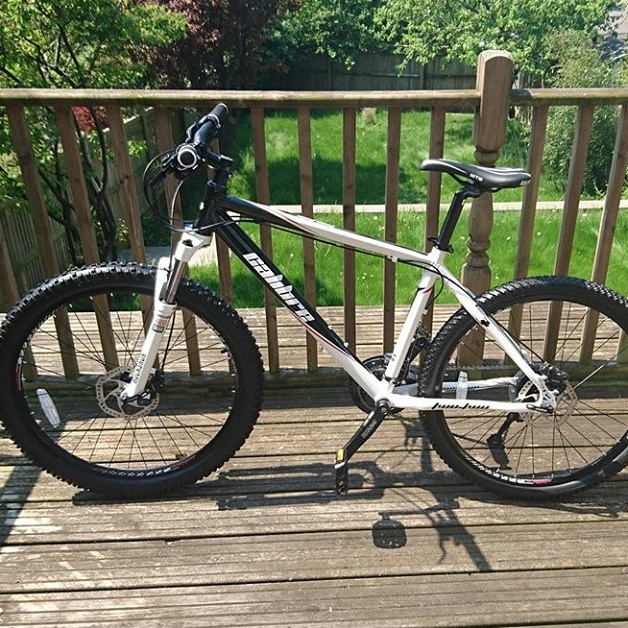


Appendix 7: Guidance on secure keeping of firearms.
#CALIBRE TWO 3 REGISTRATION#
Appendix 6: Conditions for registration of firearms dealers.Appendix 5: Schedule of mass-produced antique air weapons whose production period pre-dates 1939.Appendix 4: Young persons and firearms law.Appendix 3: Conditions for firearm certificates.Appendix 1: List of relevant organisations.Chapter 28: Authorisation of armed guards on UK registered ships.Chapter 27: Import and export of firearms and ammunition.Chapter 26: Visitors’ Permit Procedures.Chapter 24: Surrender and disposal of firearms and ammunition.Chapter 18: Security of Firearms and Ammunition.Chapter 17: Rifle and muzzle-loading pistol clubs, schools and cadet corps.Chapter 15: Registration of firearms dealers.Chapter 13: Law on Shooting Birds and Animals.Chapter 12: Good reason to possess a firearm.Chapter 11: Shot gun Certificate Procedure.Chapter 10: Firearm Certificate Procedure.Chapter 6: Exemptions from the requirement to hold a certificate.Chapter 5: Restrictions on the Possession, Handling and Distribution of Firearms and Ammunition.Chapter 3: Prohibited Weapons and Ammunition.Chapter 2: Definition and Classification of Firearms and Ammunition.Chapter 1: An overview – frequently asked questions about firearms licensing.Each worker has their own library or libraries perhaps one for "waiting in the queue", one for "in progress" and one for "done at exported to the master". This way, each user's calibre is isolated from the "master" calibre. Even if imports are somewhat slow it doesn't matter since no user is waiting for it to fininsh. Since importing is not processor/memory intensive to any great degree and since this machine has no other "chore" other than to offer the network shared folder, it doesn't need to be a particularly powerful machine. This copy of calibre will then automatically move the books from the watch folder to its library. The 3rd machine run's its own calibre 24/7 and has the shared network folder as a watch folder (set in Prefs>Adding Books).

When they finish a book, they export it, using calibre's Save to Disk function, targeting a network shared folder on the third machine. Each user has their own calibre and maintains their own library for the work they're doing. Sounds like theDucks' proposed 3 machine workflow is the only functional answer. There's two of us working side by side on a project and we'll both be updating and converting Word files to epub, as Calibre is the best program out there for converting epubs that we have found. Only ever change/add stuff on 1 computer (a 1 way sync to the slave) The problem, is the DB now only knows about one of those (sync sequence rules prevail) you have orphaned one of the books folders.Ĭhange an Author or Title on one computer and do something else on the other, and again, the DB gets snarled. When a sync happens ONE of the Libraries metadata.db gets copied over.īoth (author/)title folders get exchanged. If the desktop user adds a book BEFORE SYNC, the same ID will be assigned to a totally different book. If the laptop user adds a book, the next (local) ID is assigned or you will end up with a snarled Library. I don't even know if Dropbox offers that option.Ībsolutely. So if I were doing this, I'd need to make sure I synced my Dropbox before switching to the other computer.īack in the PDA days, I remember when you could actively sync independent actions on the PDA, but you could end up with "expected results". I personally don't run Dropbox all the time (you shouldn't have Calibre open and running while your Dropbox is syncing, for example). I'd also suggest to make sure you sync after each and every usage, whichever the computer.


 0 kommentar(er)
0 kommentar(er)
